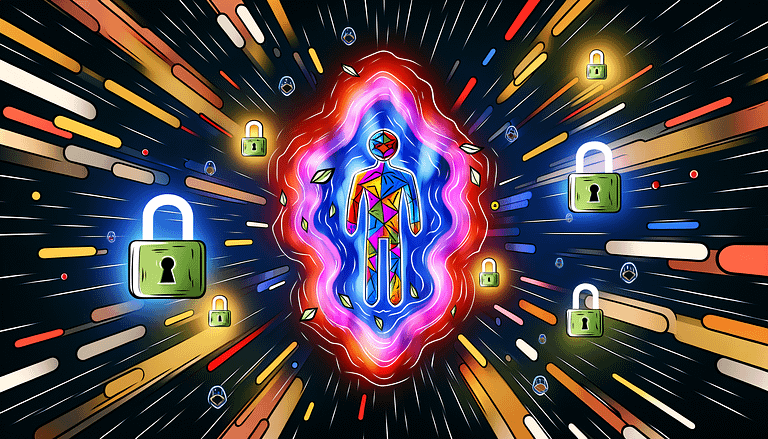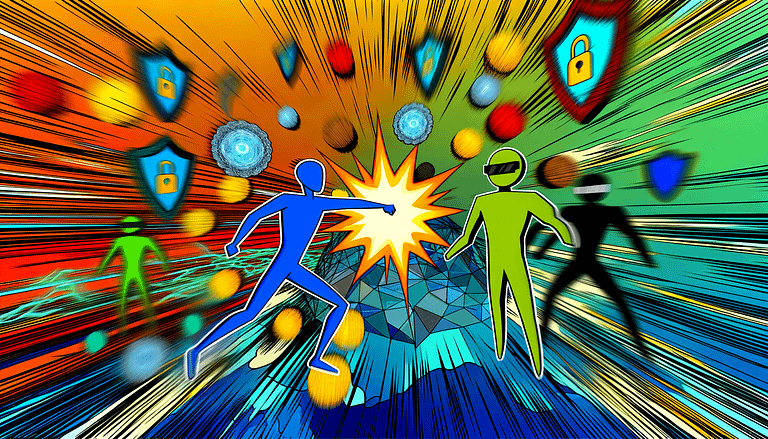Bitcoin Runes Creation Plummets 99% Since April Peak
In A Nutshell
The cryptocurrency community has witnessed a significant downturn in the activity of new Runes being etched on Bitcoin, with numbers plummeting by 99% from their peak in late April. This decline occurred after a surge in activity following the protocol’s launch, highlighting the fluctuating nature of interest and participation in new digital token standards. Despite this drastic reduction, Runes transactions still represent a substantial portion of Bitcoin’s transaction volume, illustrating the lasting impact of innovative protocols on the blockchain ecosystem.
Understanding the Runes Phenomenon
Runes, a novel token standard introduced to the Bitcoin network, facilitates the inscription of a variety of digital assets including memecoins, nonfungible tokens (NFTs), artwork, images, audio, and videos. This innovation emerged coinciding with Bitcoin’s fourth halving event on April 20, initially serving as a vital revenue stream for miners amid reduced block subsidies.
The enthusiasm around Runes was palpable in the days following its debut, with daily etchings reaching an average of 14,700 between April 26 and 30. This peak activity underscored the community’s eagerness to explore and adopt new forms of expression within the Bitcoin ecosystem.
Impact on Bitcoin Miners
The introduction of Runes brought a temporary financial boon to Bitcoin miners, who benefited from increased transaction fees. At its zenith, Runes-related transactions contributed significantly to miners’ earnings, a crucial supplement following the halving’s cut to block rewards. However, with the recent decline to just 157 Runes etched on May 13, the additional revenue has dramatically decreased, reflecting the volatile nature of innovations within the cryptocurrency mining sector.
Continued Influence of Runes
Despite the reduction in new etchings, Runes transactions maintain a dominant presence on the Bitcoin network, particularly through marketplaces like Magic Eden and OKX. This enduring activity indicates a sustained interest in the Runes protocol and its ability to enable unique forms of digital asset transactions on Bitcoin.
Our Take
The rise and subsequent fall of Runes etching activity on the Bitcoin network serve as a microcosm of the broader cryptocurrency landscape — one marked by rapid innovation, fluctuating interest, and the ongoing challenge of scalability and utility. While the initial surge in Runes etchings showcased the community’s appetite for new token standards, the significant downturn reflects the challenges in maintaining long-term engagement.
Furthermore, the Runes phenomenon highlights the critical role miners play in the ecosystem, especially in the wake of halving events that impact their revenue streams. As the cryptocurrency community continues to evolve, the sustainability of such innovations will depend on their ability to offer tangible benefits to all stakeholders, including miners, users, and the broader network.
In conclusion, while the excitement around Runes and similar protocols may ebb and flow, the underlying drive towards exploring and adopting novel blockchain functionalities remains a central theme in the digital asset space. The journey of Runes underscores the importance of innovation, adaptability, and the search for balance in the ever-expanding universe of cryptocurrency.







